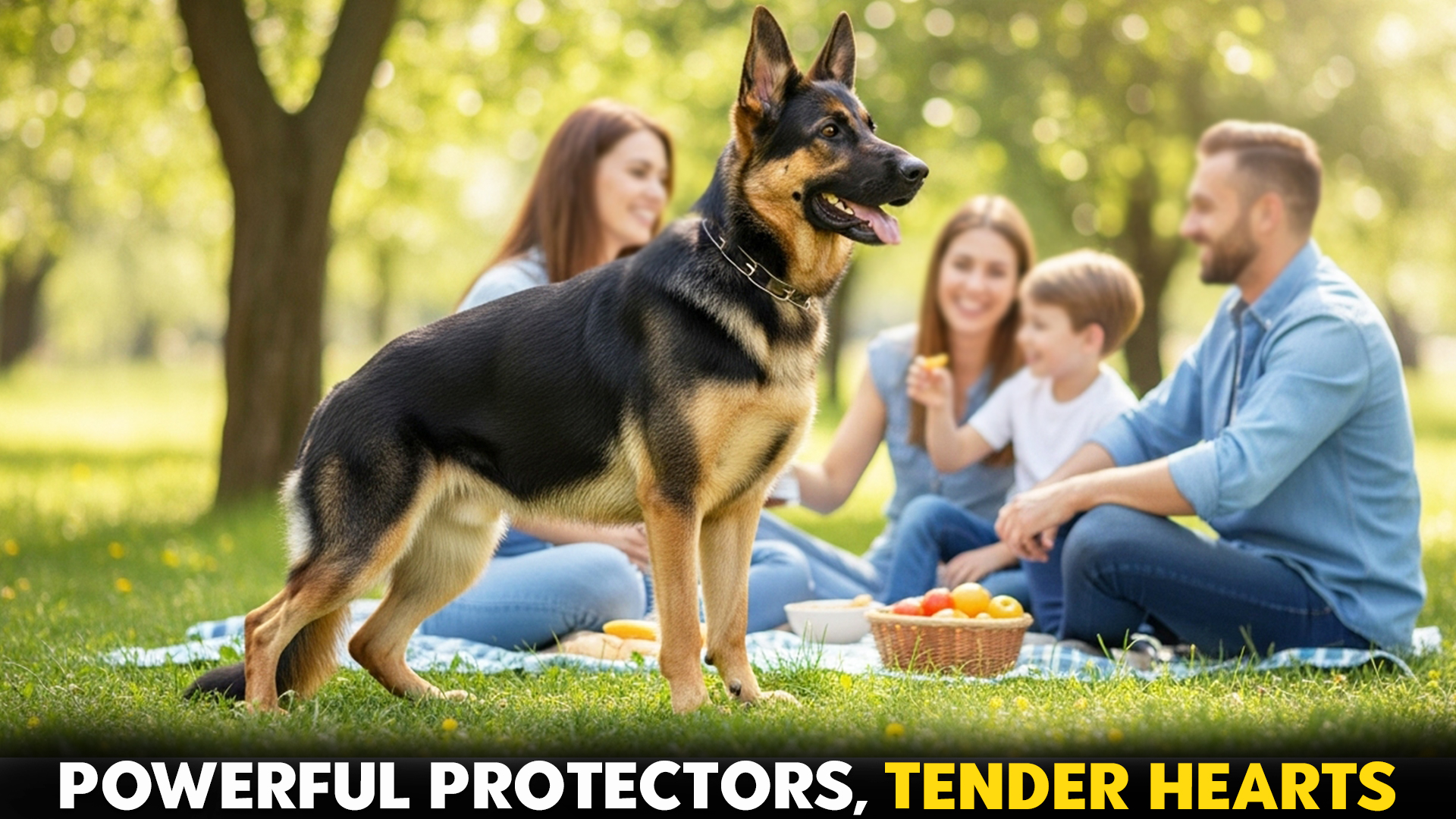Did you know that dogs can sense danger before humans even realize it? Studies show that dogs have an acute sense of hearing and smell, making them natural protectors. In fact, some breeds are so protective that they’ve been used in military and law enforcement roles for decades.
If you’re looking for a furry companion to guard your home, certain breeds stand out. These dogs don’t just offer loyalty—they offer strength, courage, and a sharp instinct for protecting their loved ones.
It’s no surprise that the toughest and best guard dog breeds are among the top choices for protection. With their intimidating presence and unwavering loyalty, they’re often the first line of defense.
In this article, we’ll explore the 10 best dog breeds known for their protective traits. From guard dogs to family protectors, these breeds will ensure you feel safe and secure.
So, if you want a dog that’s more than just a pet, keep reading to discover your next tough and reliable protector!
Best Dog Breeds For Protection
1. German Shepherd
Why the Ranking?
The German Shepherd takes the lead due to its unmatched combination of intelligence, versatility, and natural protective instincts.
Known for being incredibly trainable, these dogs excel in various roles, including as police and military dogs, service animals, and family protectors. Their physical strength and confident demeanor make them a formidable force when it comes to guarding.
Protective Instincts: Highly protective, alert, and loyal to their families.
Training Tips: They thrive in structured environments; providing them with mental challenges helps channel their energy.
Reaction in Threatening Situations: Swift and decisive, they act with authority when they sense danger.
Origin and History
Bred in Germany in the late 19th century, German Shepherds were initially used for herding livestock, but their intelligence quickly earned them a reputation as perfect working dogs.
Their history as military and police dogs only amplified their role as protective companions. To keep them in optimal condition, they require both physical exercise and mental stimulation, which helps keep them focused and balanced.
2. Rottweiler
Why the Ranking?
The Rottweiler’s sheer size and unflinching loyalty put it near the top of the protection dog list. These dogs are confident, brave, and unyielding when it comes to protecting their loved ones.
They’ve been used in various protective roles, from guarding properties to serving as police and search-and-rescue dogs.
Protective Instincts: Rottweilers are naturally protective, especially with their family and home.
Training Tips: Early socialization and firm but positive training methods help prevent overprotectiveness.
Reaction in Threatening Situations: Calm but assertive—Rottweilers react swiftly and aggressively when needed.
Origin and History
Originating in Germany, Rottweilers were bred to herd livestock and pull carts for butchers. Their role as guardians has been cemented throughout history as they became known for their protective nature.
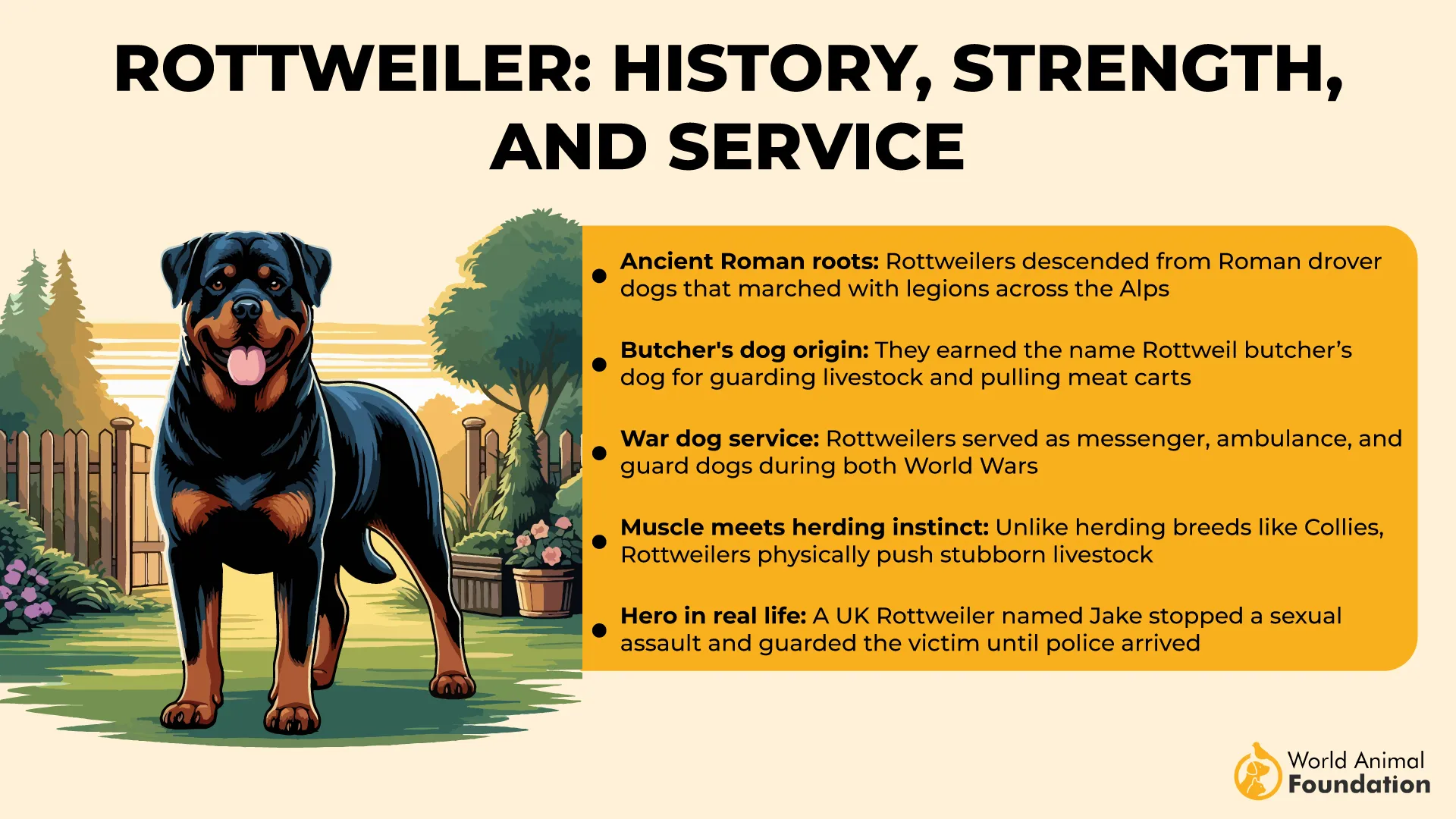
Purina says to maintain their well-being, regular exercise and careful socialization are key to ensuring they don’t become overly territorial or aggressive toward strangers.
3. Doberman Pinscher
Why the Ranking?
Known for its striking looks and unmatched agility, the Doberman Pinscher is a top-tier protection dog. Their fearless attitude, high intelligence, and impressive physical prowess make them an ideal choice for home defense.
Often employed in police and military roles, they’re naturally protective and responsive in high-stress situations.
Protective Instincts: Alert, fearless, and very loyal.
Training Tips: Start training early and keep them mentally engaged; Dobermans thrive in structured environments.
Reaction in Threatening Situations: They react quickly and decisively, making them an effective deterrent against threats.
Origin and History
The Doberman was developed by a German tax collector named Louis Dobermann in the late 19th century. His goal was to create a breed that was agile, protective, and intelligent.
With a high energy level and need for mental stimulation, Dobermans require owners who can keep up with their demands for both physical and mental exercise.
4. Belgian Malinois
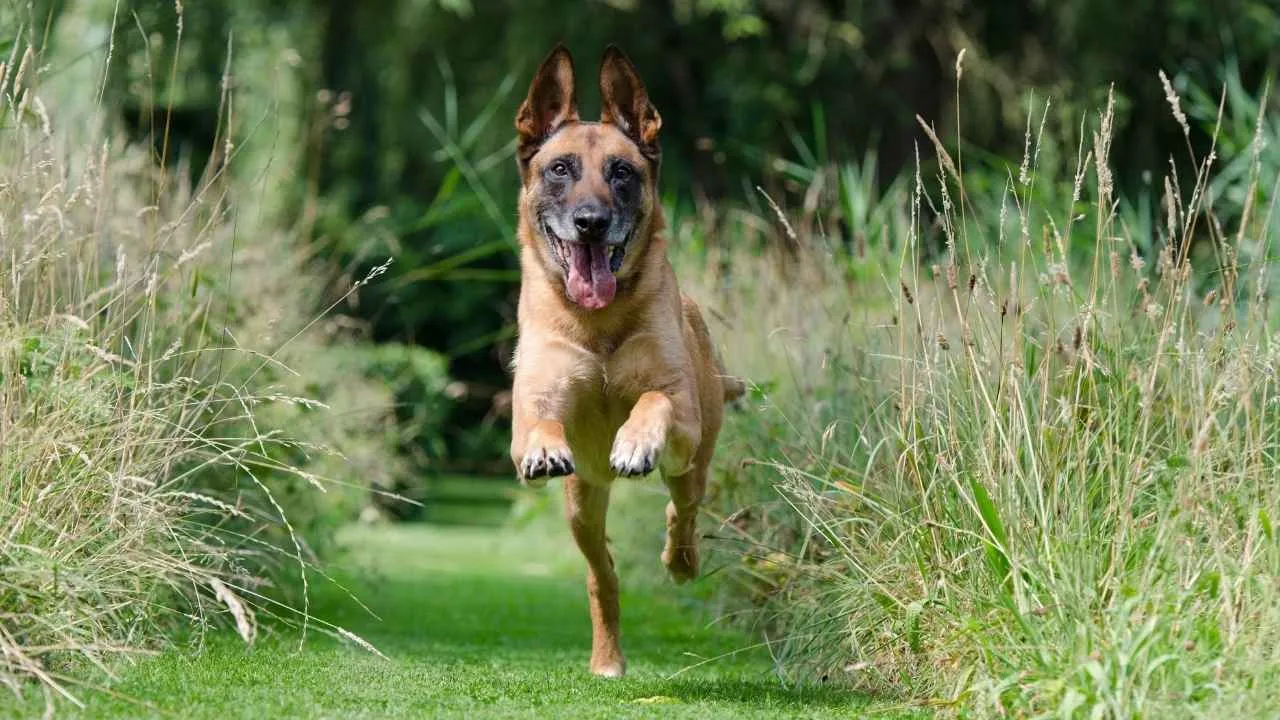
Why the Ranking?
While often overshadowed by larger breeds, the Belgian Malinois is a small yet powerful protector. This breed is revered for its work ethic, speed, and agility.
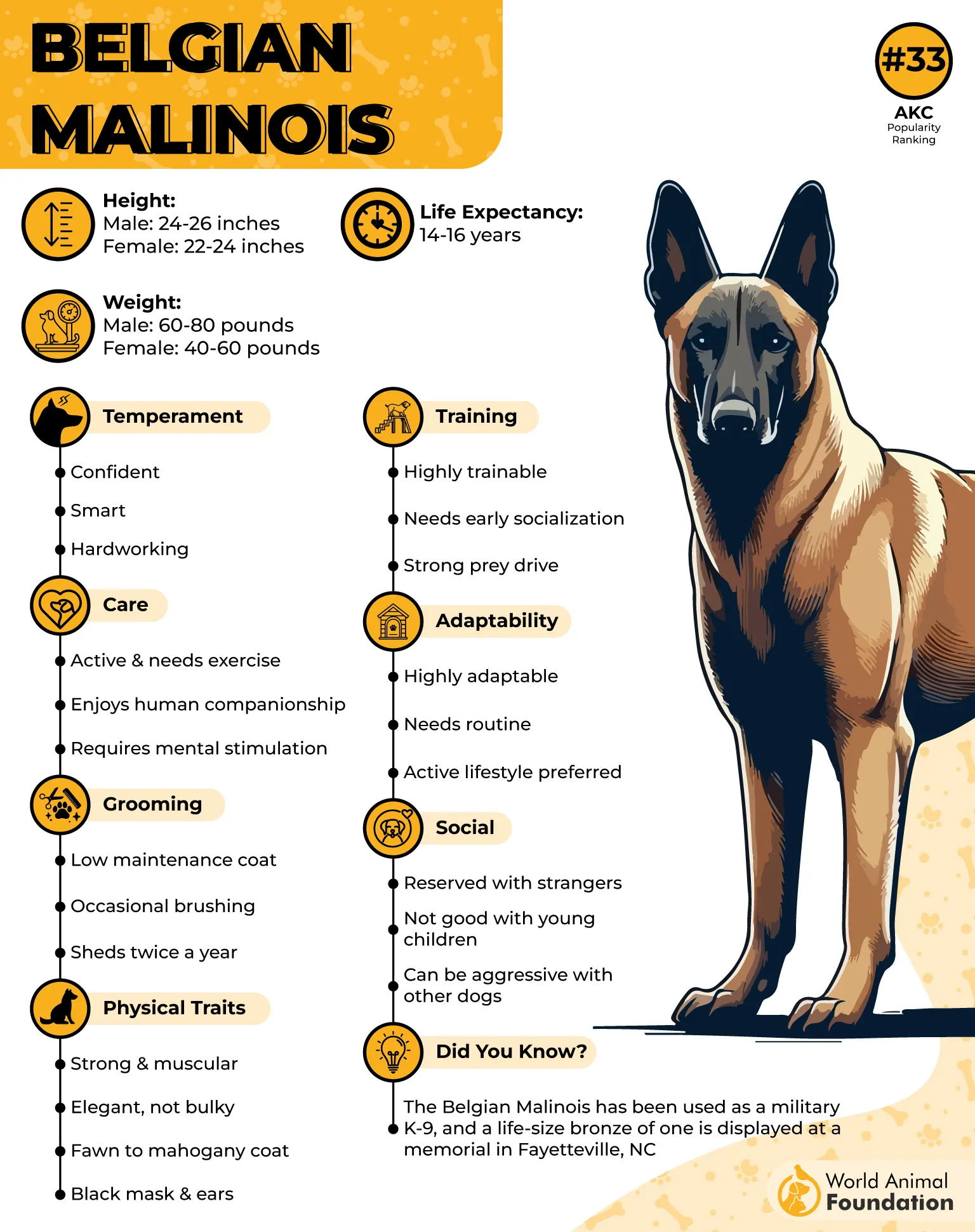
Belgian Malinois are often the go-to choice for military and police work due to their quick reflexes and ability to perform under pressure.
Protective Instincts: Extremely alert and protective of their family, they are often a one-person dog.
Training Tips: They need intense, regular training and physical activity to stay happy and balanced.
Reaction in Threatening Situations: Fast, precise, and confident—they immediately take action when necessary.
Origin and History
The Belgian Malinois hails from Belgium, where it was originally bred as a herding dog. Their intelligence and agility quickly made them ideal candidates for protection and service work.
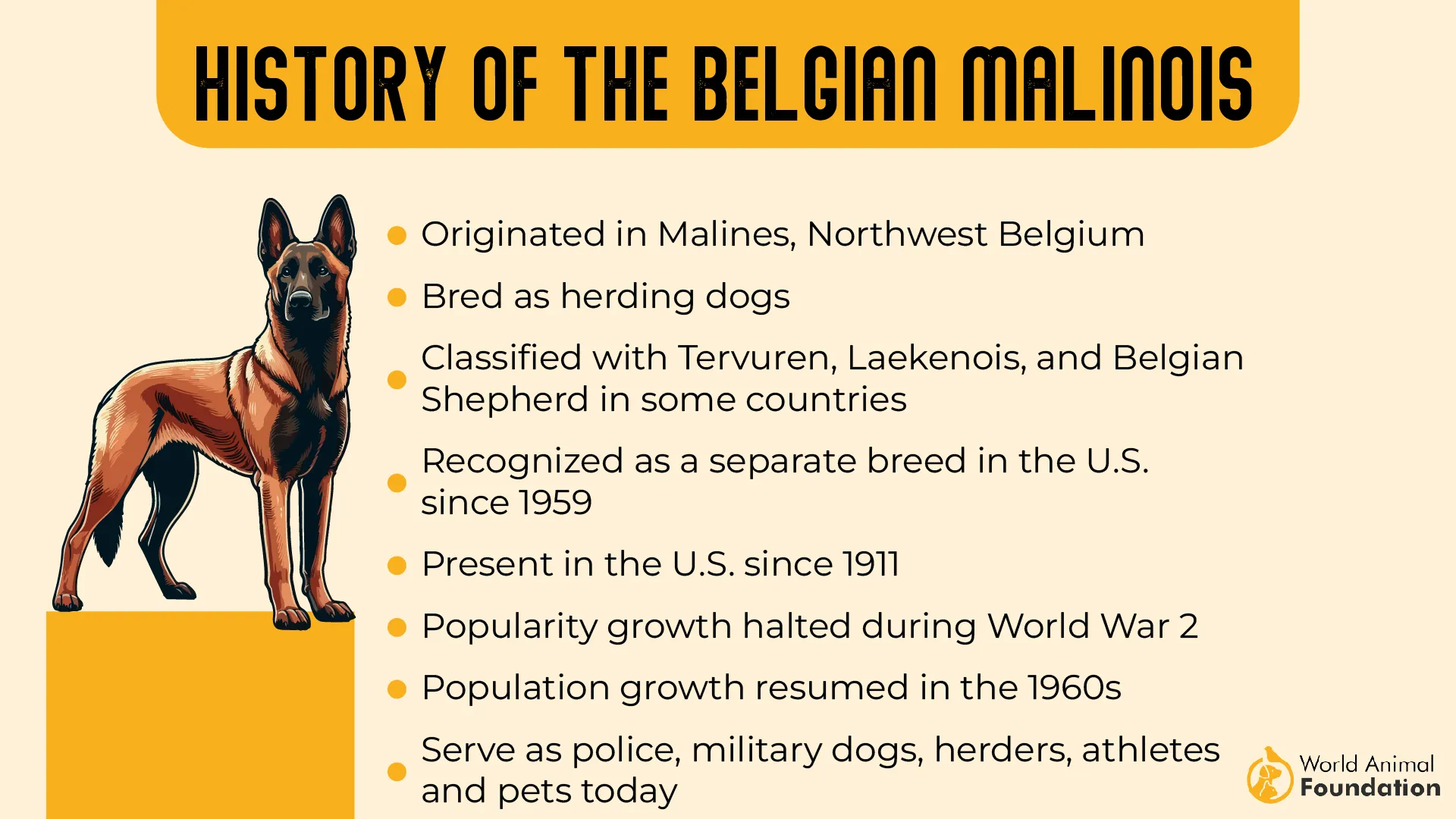
To keep them in optimal condition, they require consistent physical and mental challenges, so a regular workout routine is essential.
5. Bullmastiff
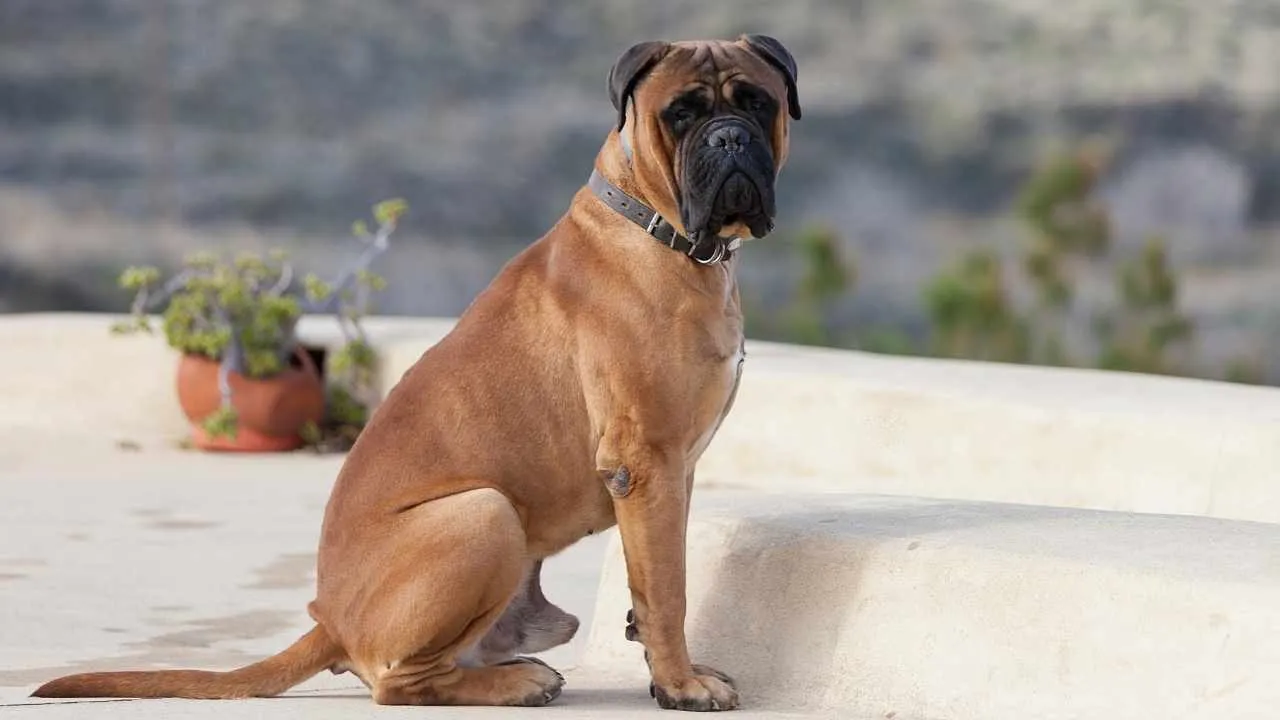
Why the Ranking?
The Bullmastiff’s sheer size and gentle demeanor make it a surprising but effective protector. They are natural guardians, bred to protect estates from poachers.
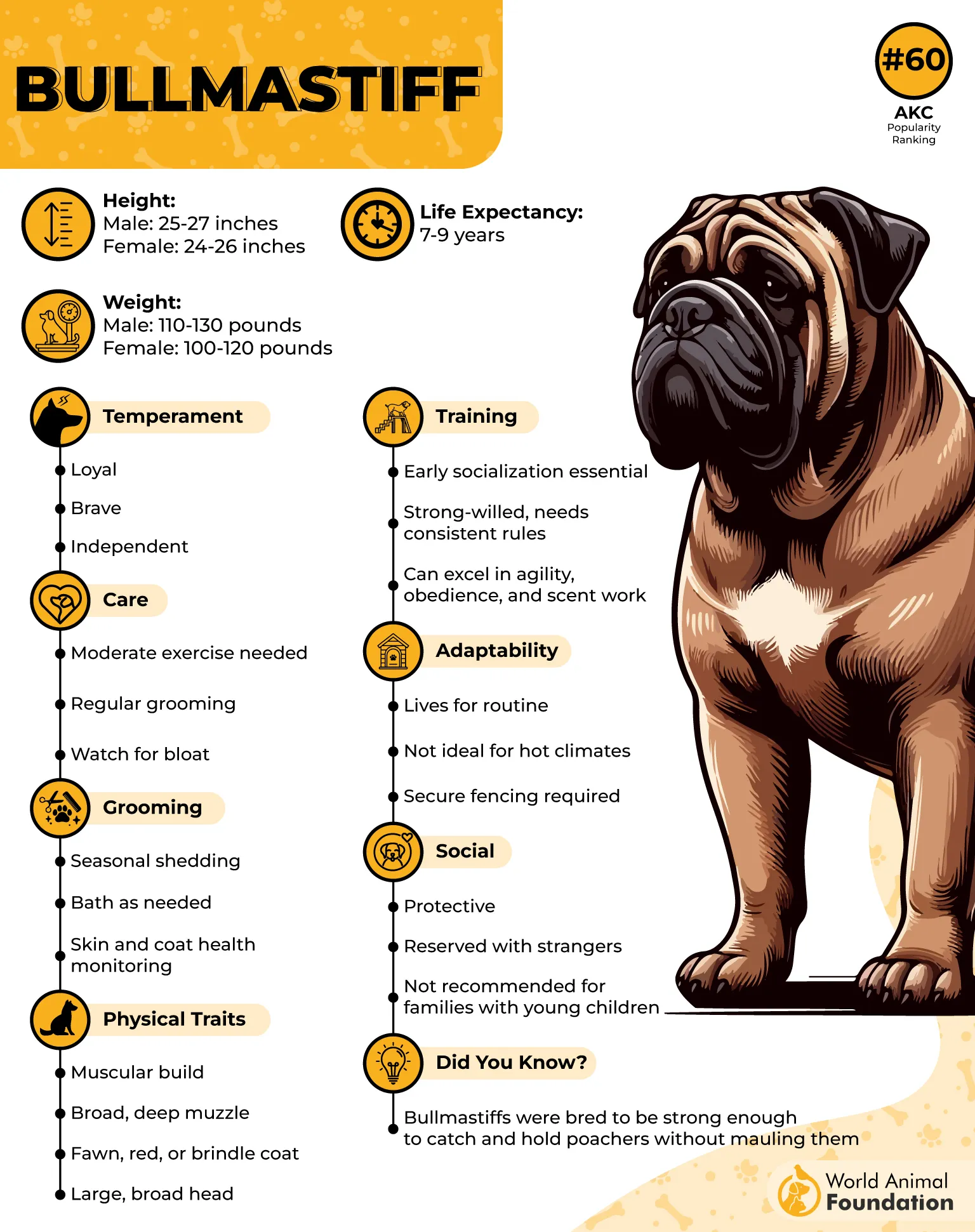
Despite their calm and affectionate nature, Bullmastiffs are fiercely protective and will not hesitate to defend their family when threatened.
Protective Instincts: Intuitive protectors, calm yet vigilant.
Training Tips: Start socialization early to avoid aggression toward strangers.
Reaction in Threatening Situations: Bullmastiffs rely on their size and strength, calmly neutralizing threats with minimal aggression.
Origin and History
Originally bred in England in the mid-19th century, Bullmastiffs were used to guard estates and hunt poachers. Their calm yet protective nature made them excellent family guardians.
To ensure they’re in top condition, Bullmastiffs need regular exercise but also enjoy time to relax, as their large bodies require adequate rest.
6. Cane Corso
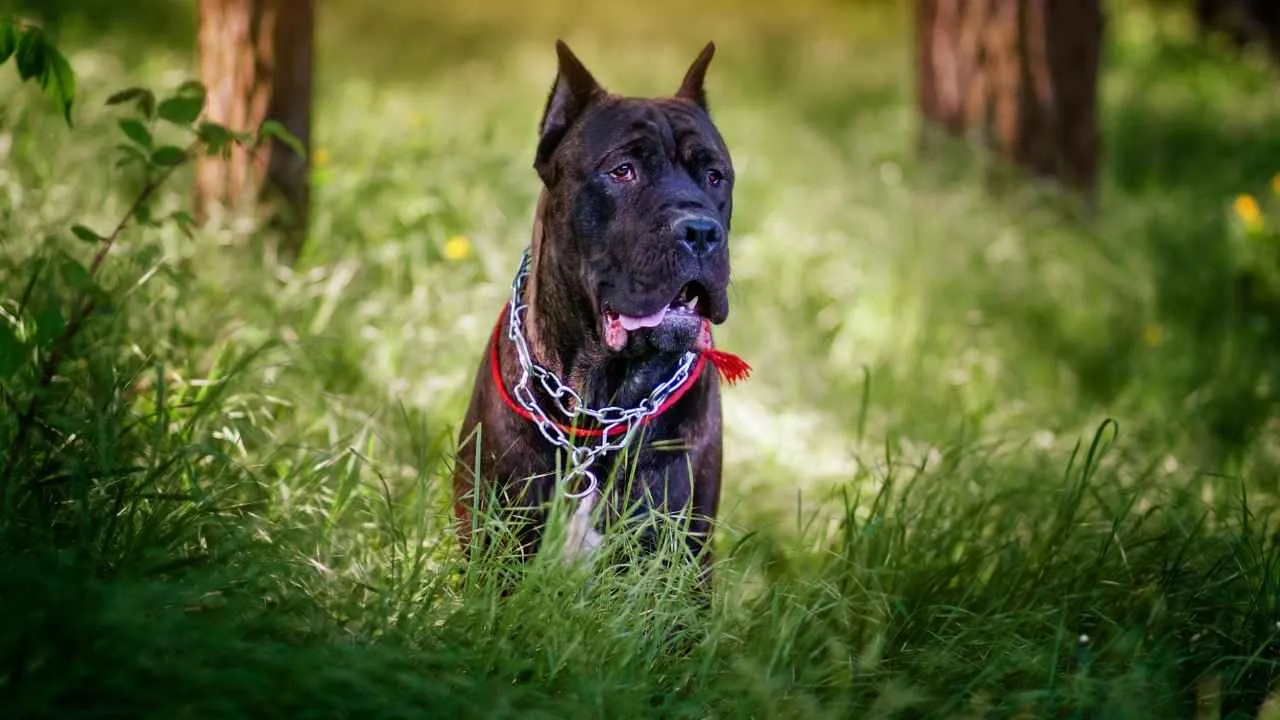
Why the Ranking?
The Cane Corso’s strong, muscular frame and natural protective instincts make it one of the most reliable guard dogs around.
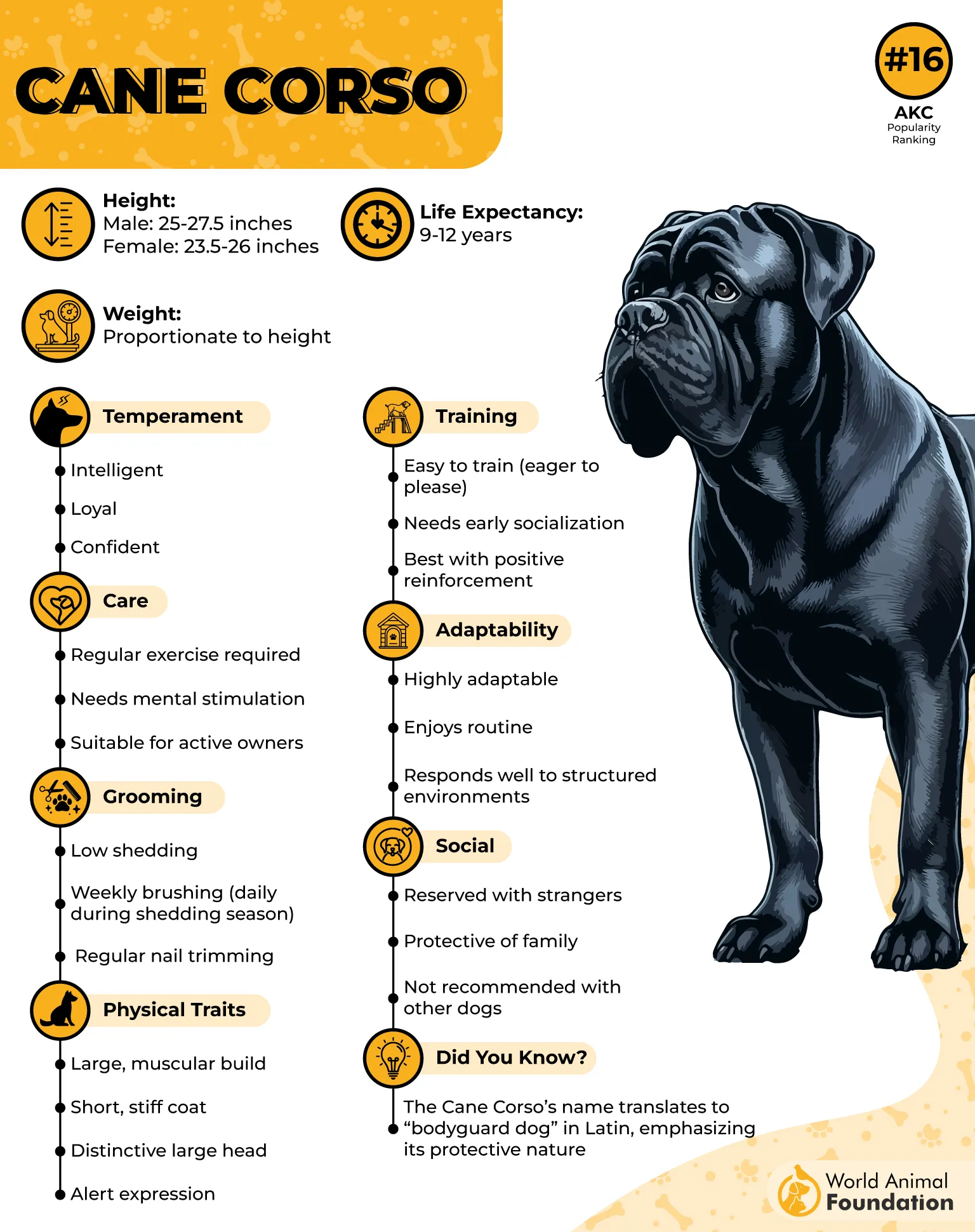
Known for their intimidating appearance and assertive behavior, they are highly loyal to their family and quick to protect their territory. Cane Corsos excel in both personal protection and guarding property.
Protective Instincts: Extremely protective, particularly of their home and family.
Training Tips: Early socialization is essential to ensure they are manageable and well-rounded.
Reaction in Threatening Situations: Assertive and fearless, they act quickly to neutralize threats.
Origin and History
PDSA notes that the Cane Corso hails from Italy, where it was used as a herding dog and guardian of livestock. This breed has an ancient history as a protector, and its strong build and instincts reflect this legacy.
Cane Corsos require a balanced diet and plenty of exercise to maintain their muscular frame and keep them in optimal condition.
7. Boxer
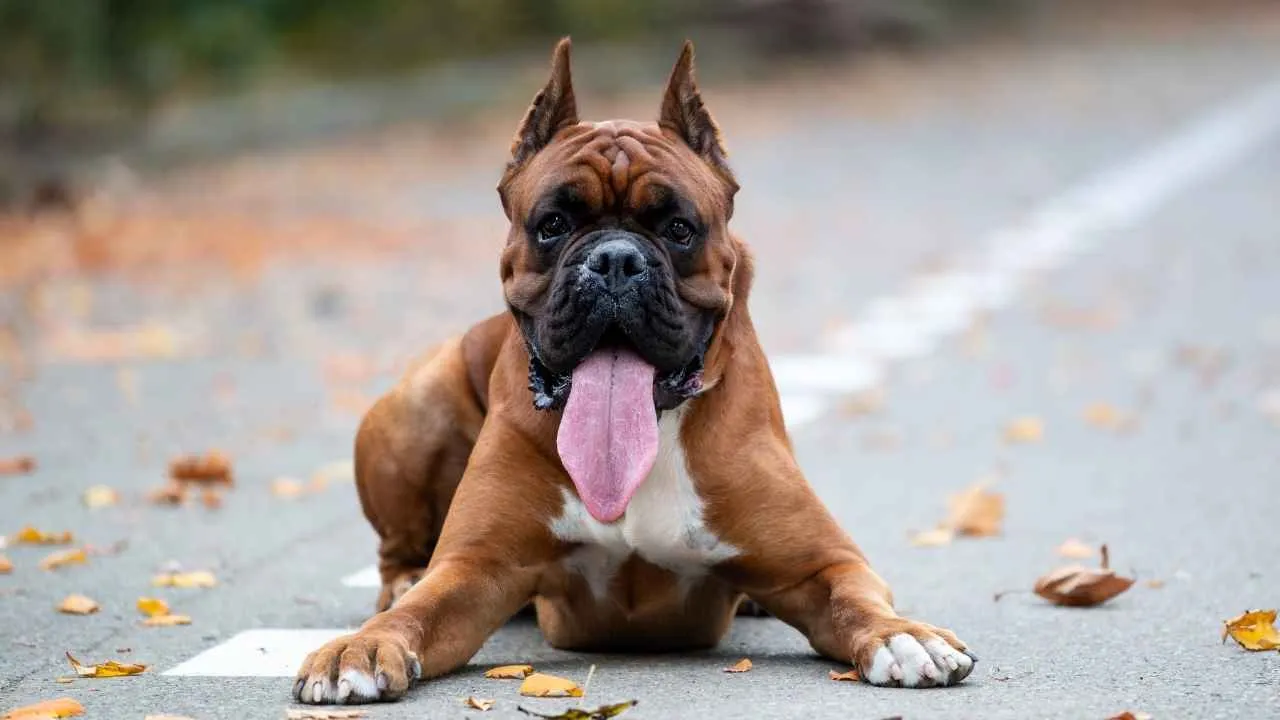
Why the Ranking?
The Boxer is a dynamic protector with an incredibly playful nature, making it a surprising but effective guard dog.
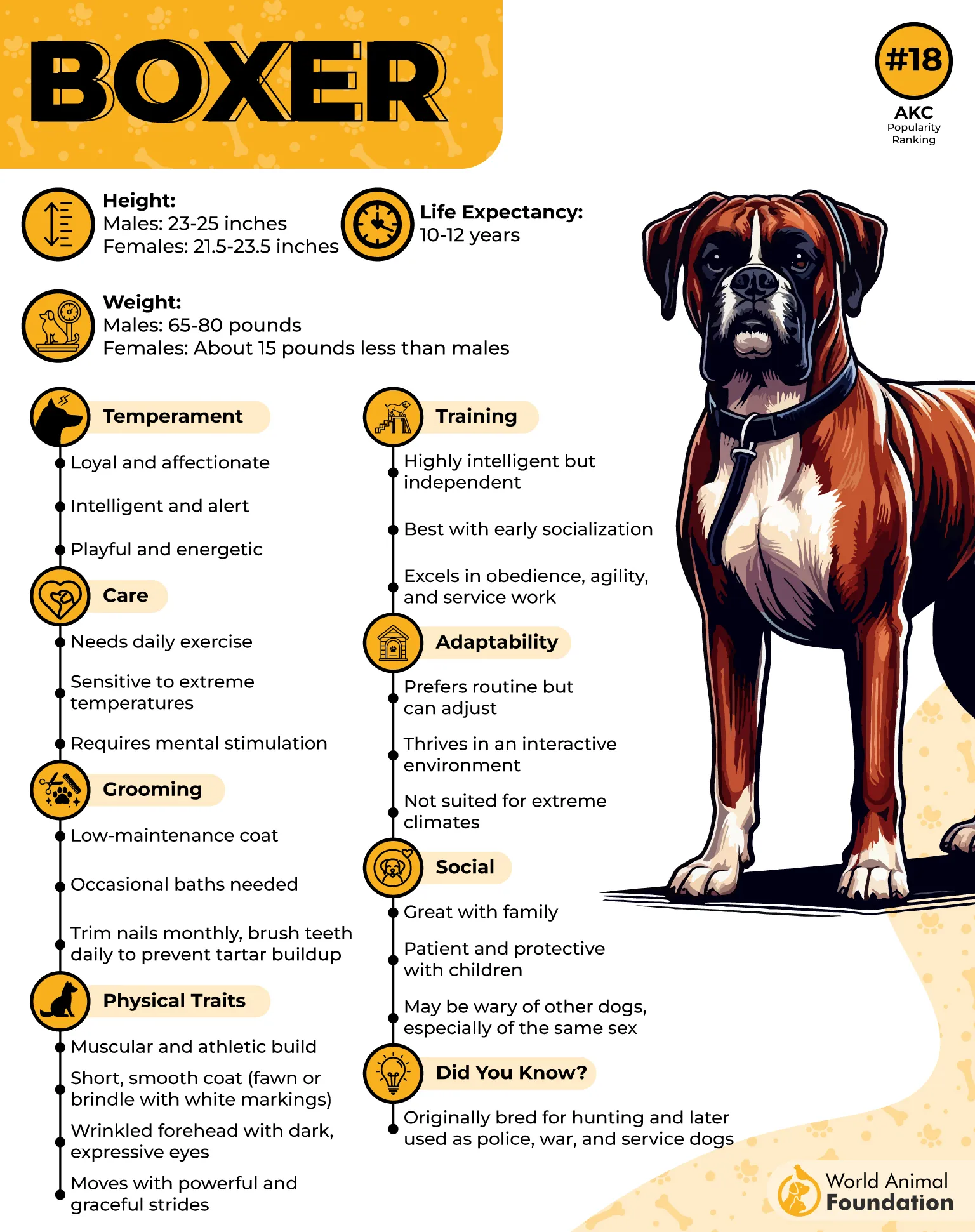
Known for their boundless energy, loyalty, and strong protective instincts, they are excellent family dogs who will stand their ground if necessary. Their strength and agility make them a great deterrent against intruders.
Protective Instincts: Playful but protective when the situation calls for it.
Training Tips: Boxers are intelligent but need consistent training to focus their energy appropriately.
Reaction in Threatening Situations: Quick and energetic, they will defend their family with strength and agility.
Origin and History
The Boxer was developed in Germany in the late 19th century, initially used for hunting and guarding. Their energetic personality and protective instincts made them ideal for roles as family guardians.
A Boxer’s care requires a lot of exercise, as they are highly energetic, so regular activity is necessary to maintain their health.
8. Akita
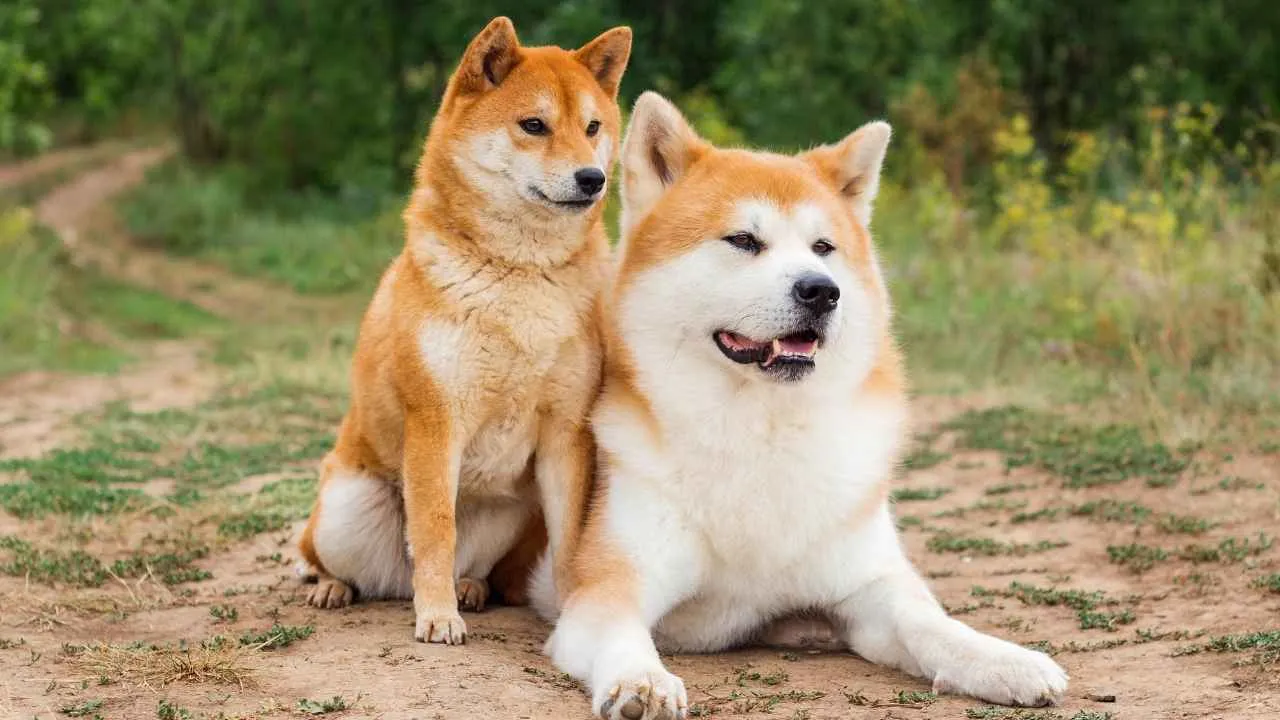
Why the Ranking?
The Akita’s imposing size and independent spirit make it an exceptional protector. Known for their courage, they’re highly devoted to their family, which makes them perfect for guarding both home and loved ones.
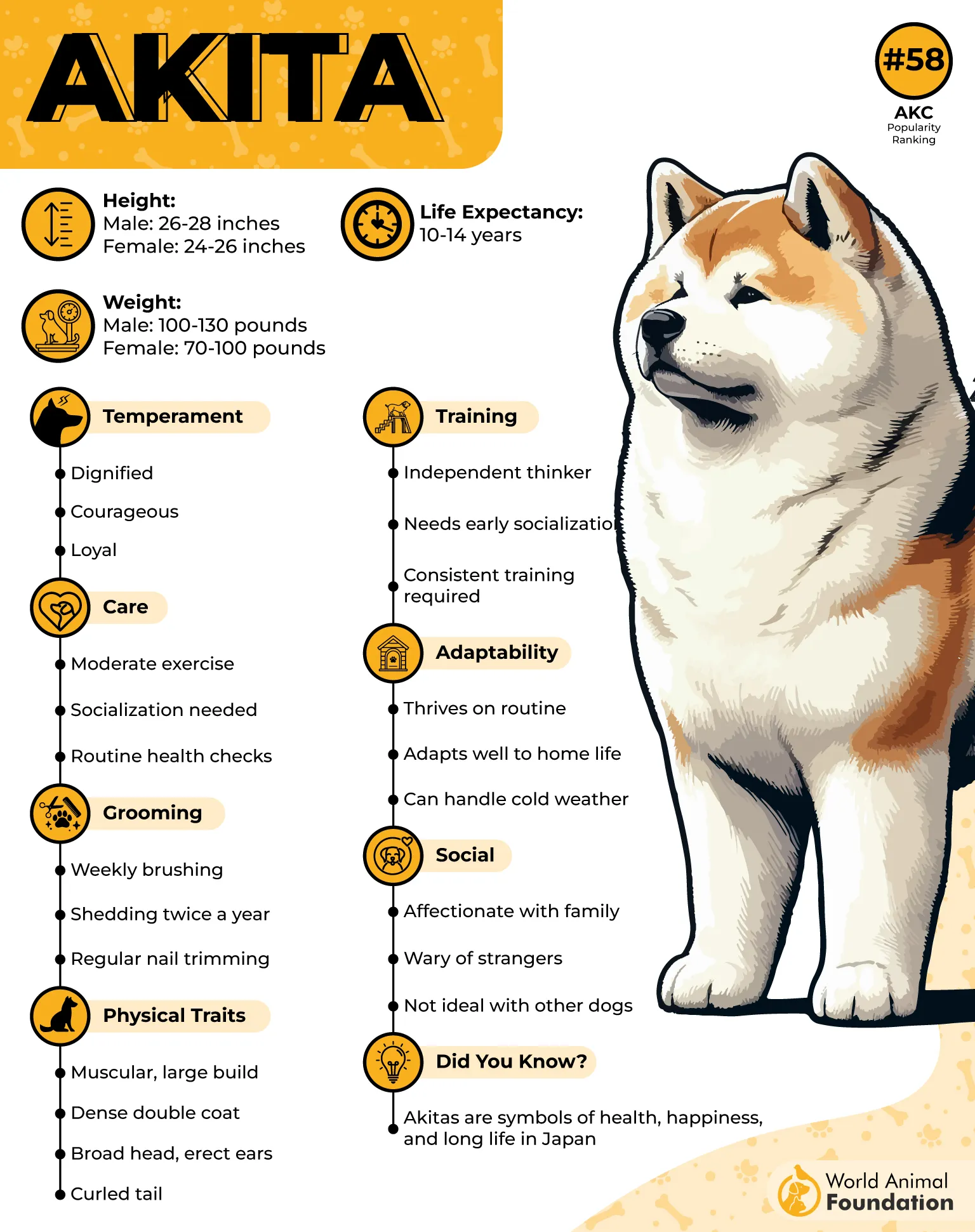
Their stoic nature and confident demeanor make them formidable protectors when needed.
Protective Instincts: Very loyal and territorial, they will guard their family at all costs.
Training Tips: Akitas are independent and need firm, consistent training from an early age.
Reaction in Threatening Situations: Calm yet courageous, they stand firm and defend without hesitation.
Origin and History
The Akita is a native Japanese breed, originally developed to hunt large game. Their history as fierce protectors makes them natural guardians. Akitas require both physical and mental challenges to keep them sharp, as they are a very independent breed and need firm, respectful handling.
9. Rhodesian Ridgeback
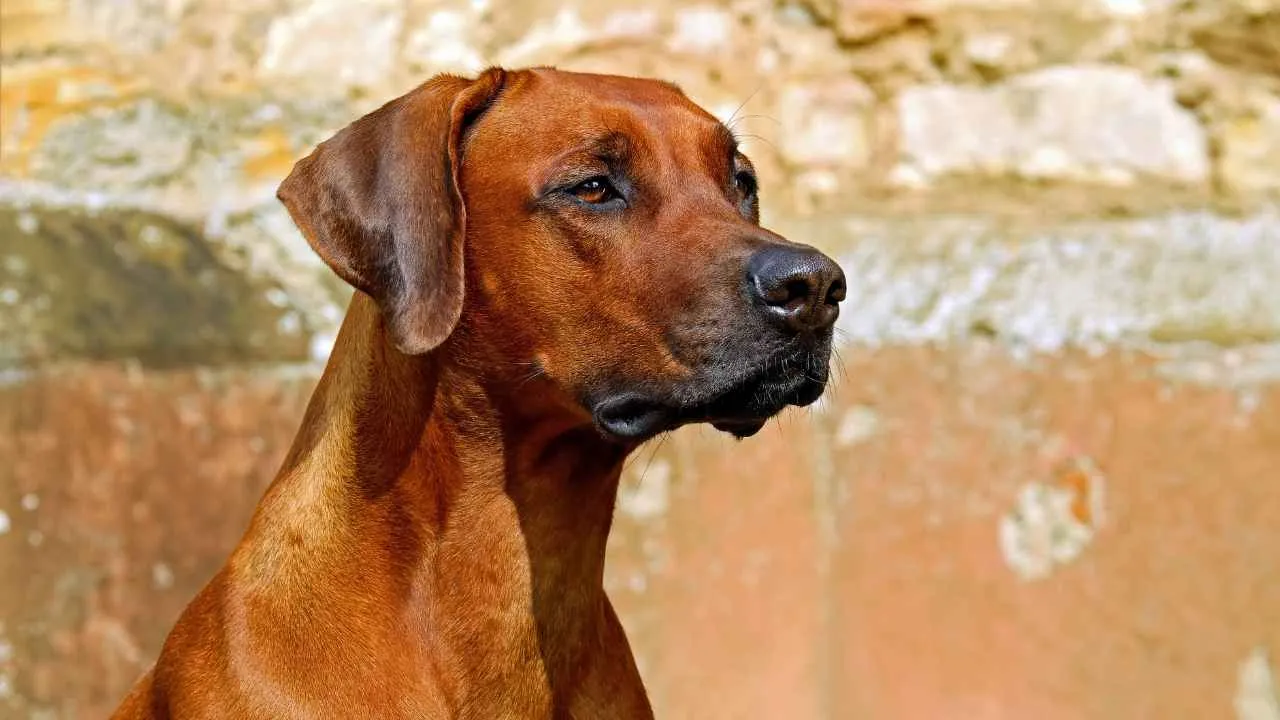
Why the Ranking?
The Rhodesian Ridgeback is known for its regal appearance and powerful build, but it’s its protective nature that truly sets it apart.
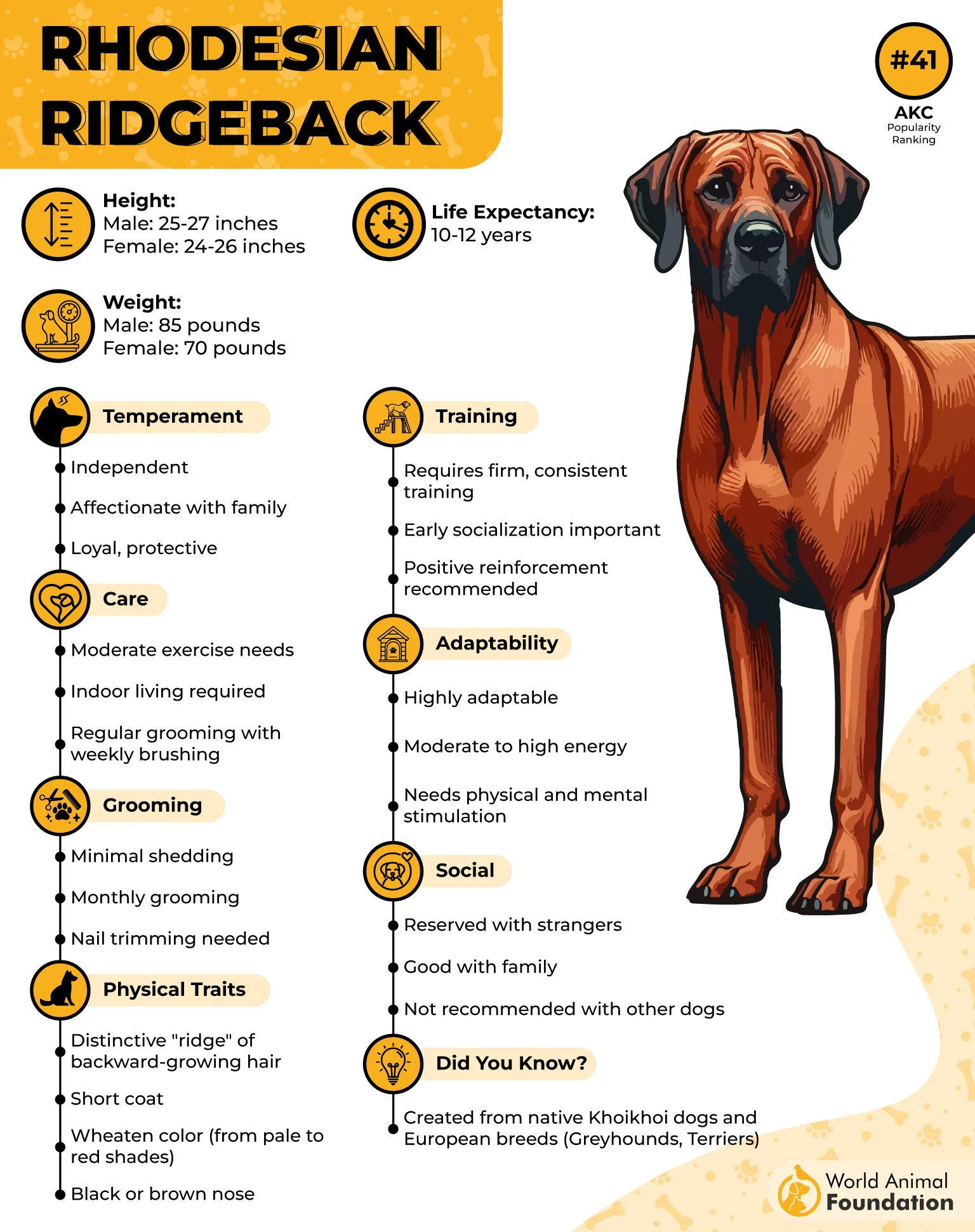
Originally bred to hunt lions, their strength and courage are second to none. This breed is deeply loyal and will go to great lengths to protect its family.
Protective Instincts: Very alert and naturally protective of their home.
Training Tips: Early socialization is crucial to avoid overprotectiveness.
Reaction in Threatening Situations: Calm and calculated, they act quickly and decisively when a threat is detected.
Origin and History
The Rhodesian Ridgeback was bred in Southern Africa for hunting large game, including lions. Their unique ridge of hair along their spine is a hallmark feature.
This breed requires regular exercise and mental stimulation to keep them happy and healthy, as they are both independent and energetic.
10. Giant Schnauzer
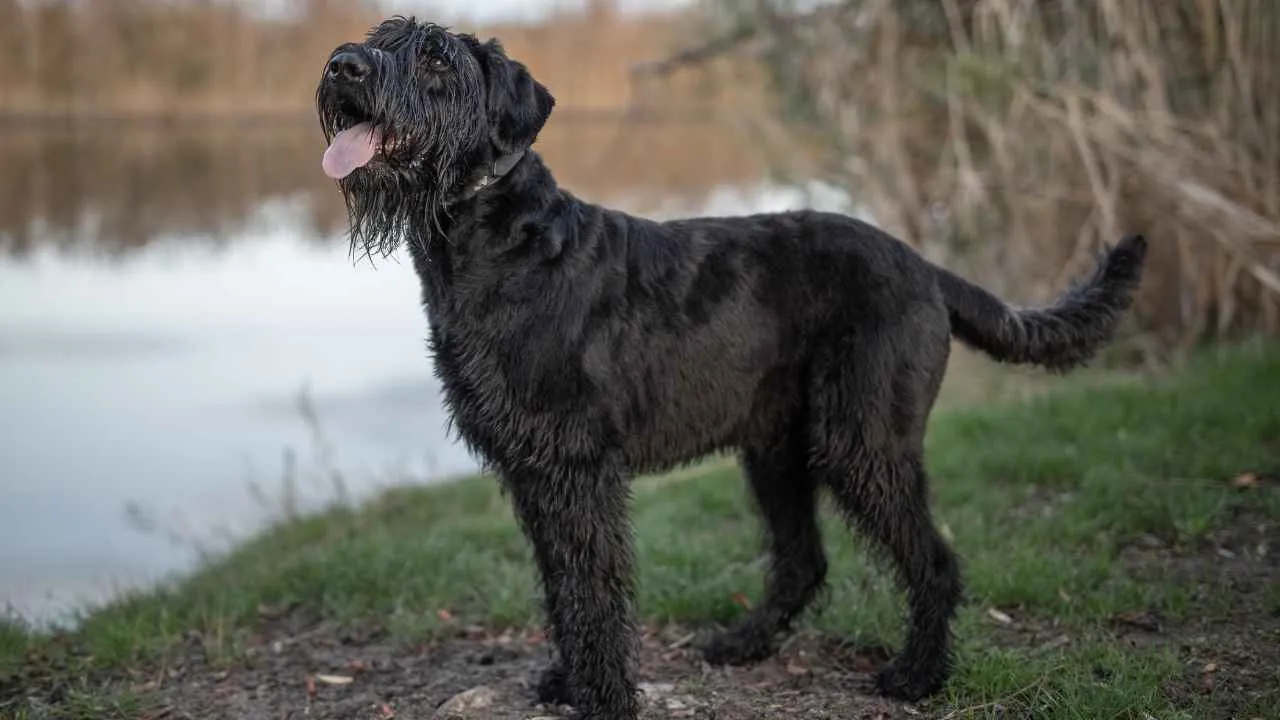
Why the Ranking?
The Giant Schnauzer’s commanding presence and intelligence make it an excellent choice for guarding.
AKC claims that their loyalty, strength, and protective instincts are enhanced by their willingness to work, making them perfect for both protection and police roles. This breed is fearless, with a strong desire to protect its family.
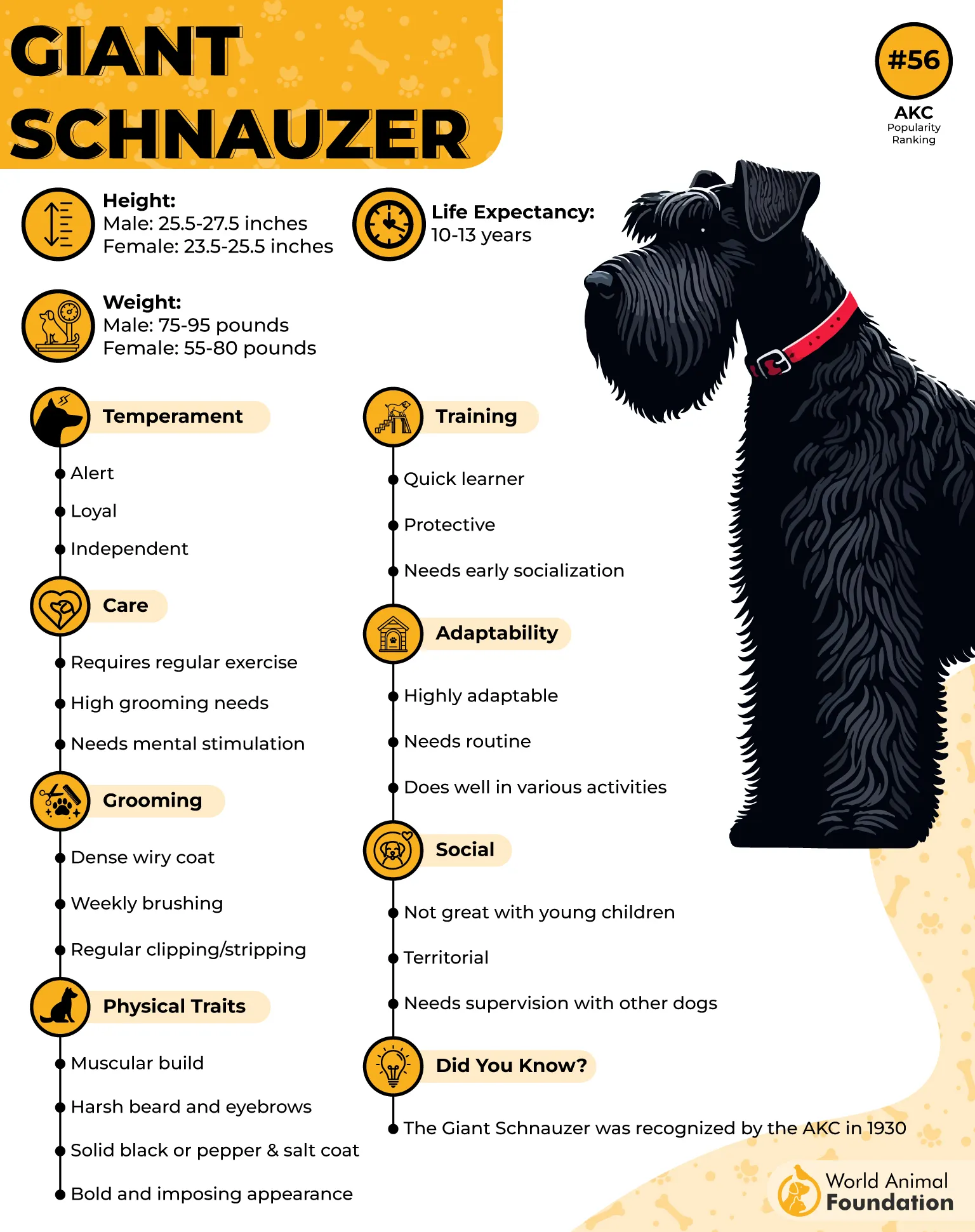
Protective Instincts: Fiercely loyal, they are natural protectors of both home and family.
Training Tips: Requires firm, consistent training and plenty of stimulation to manage their energy.
Reaction in Threatening Situations: They are quick to act, using their size and strength to defend without hesitation.
Origin and History
The Giant Schnauzer was originally bred in Germany as a working dog for guarding and driving cattle. Its imposing size and strong instincts made it an excellent guard dog breed.
Keeping this breed in optimal condition requires regular exercise and mental engagement, as they are highly energetic and require a job to do.
FAQs
Are protective dog breeds suitable for families with kids?
Yes, many protective dog breeds can be great for families with kids, especially when they are well-trained and socialized early. Breeds like the German Shepherd and Boxer are known for being affectionate, loyal, and gentle with children, while still providing excellent protection.
What traits make a dog breed great for personal protection?
Key traits include natural guarding instincts, intelligence, loyalty, and confidence. Dogs that are highly trainable and have a strong bond with their owners tend to excel in personal protection, such as Rottweilers and Doberman Pinschers.
How do I train a dog for protection without making it aggressive?
Start with positive reinforcement and obedience training to build trust and discipline. Gradually introduce controlled situations that require the dog to respond protectively, but avoid fostering aggression. Consistent socialization and exposure to different environments will help maintain a balanced temperament.
Conclusion
Choosing the best guard dogs depends on your needs and lifestyle. While we’ve highlighted breeds like the German Shepherd and Rottweiler, others like the Staffordshire Bull Terrier and Catahoula Leopard Dog are also excellent protectors.
With the right training and socialization, these naturally protective dogs make great family companions and reliable guardians. Whether it’s a muscular dog like the Tibetan Mastiff or a highly trainable Great Dane, each breed offers unique traits for effective protection.
Find the dog that fits your family life and provide it with the proper training to strengthen the bond and ensure safety.


